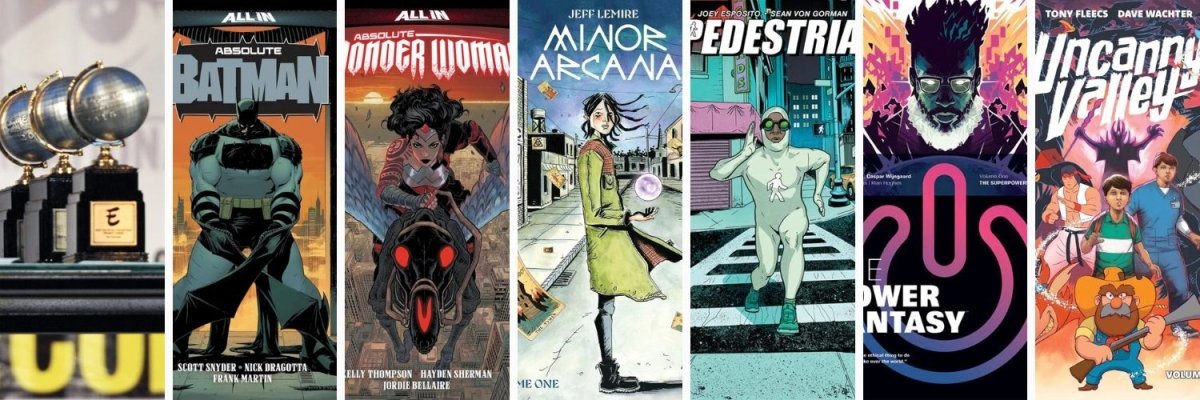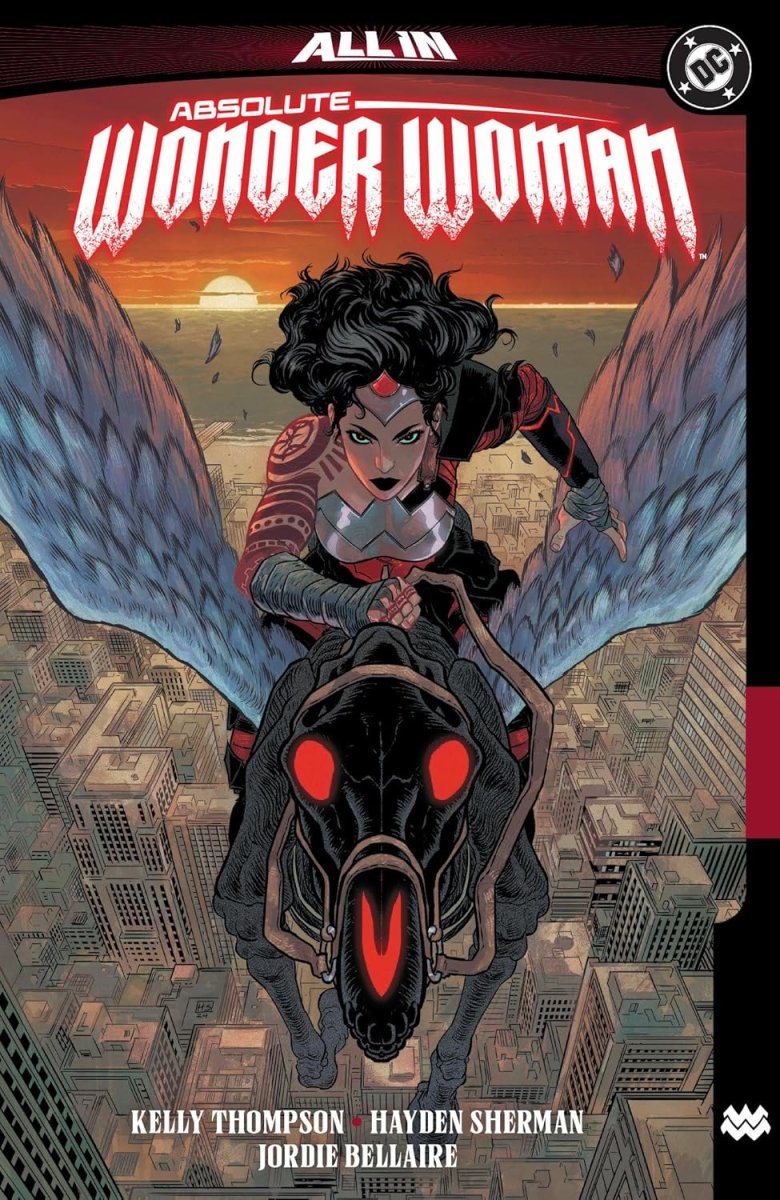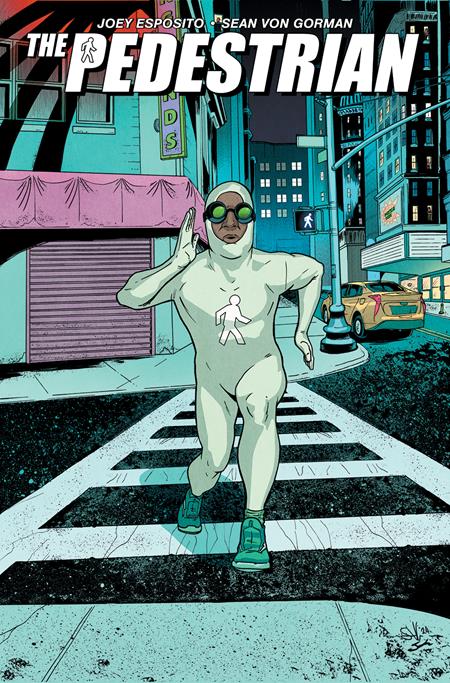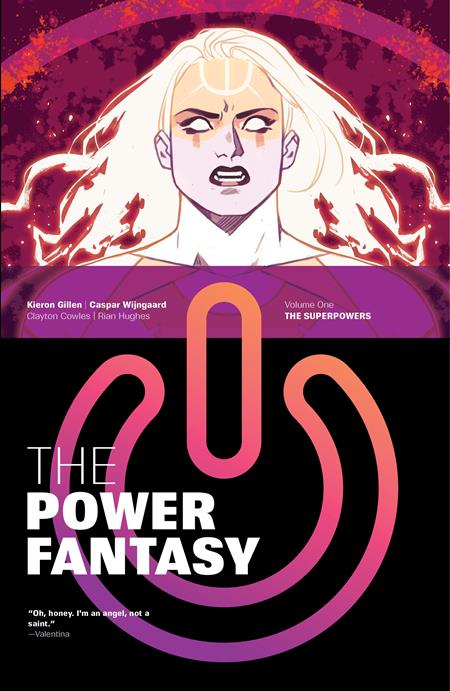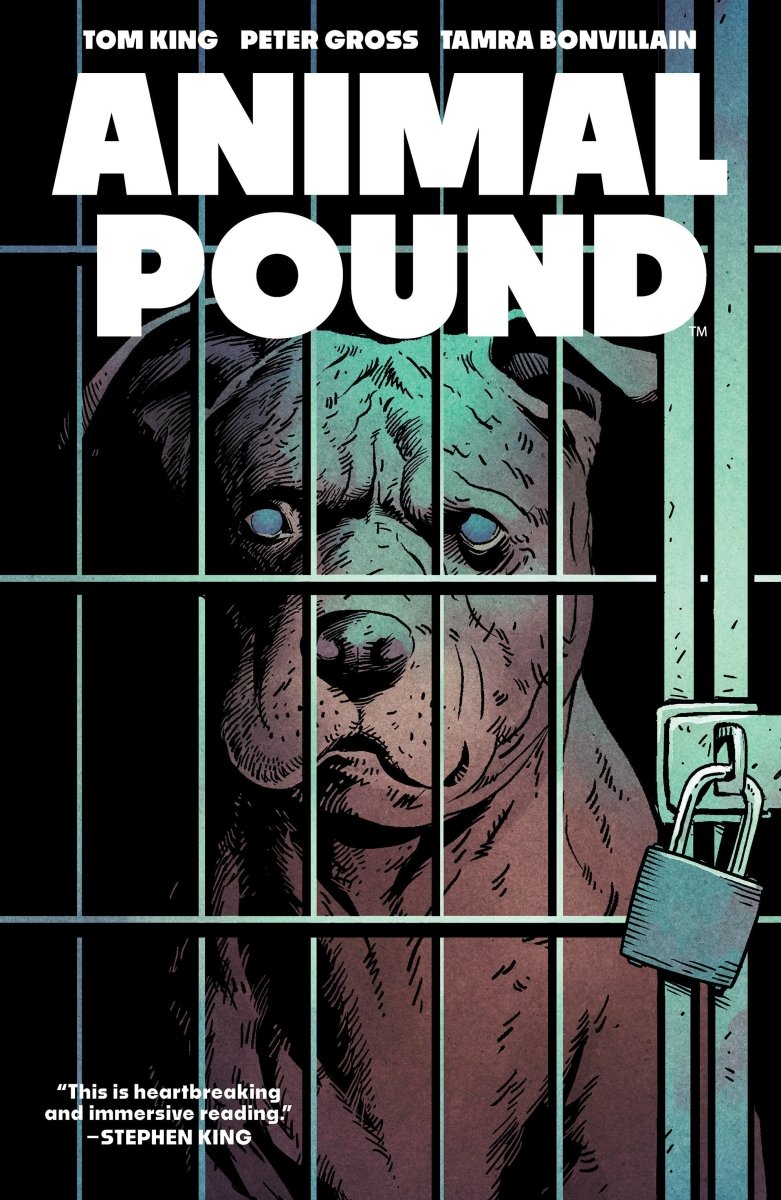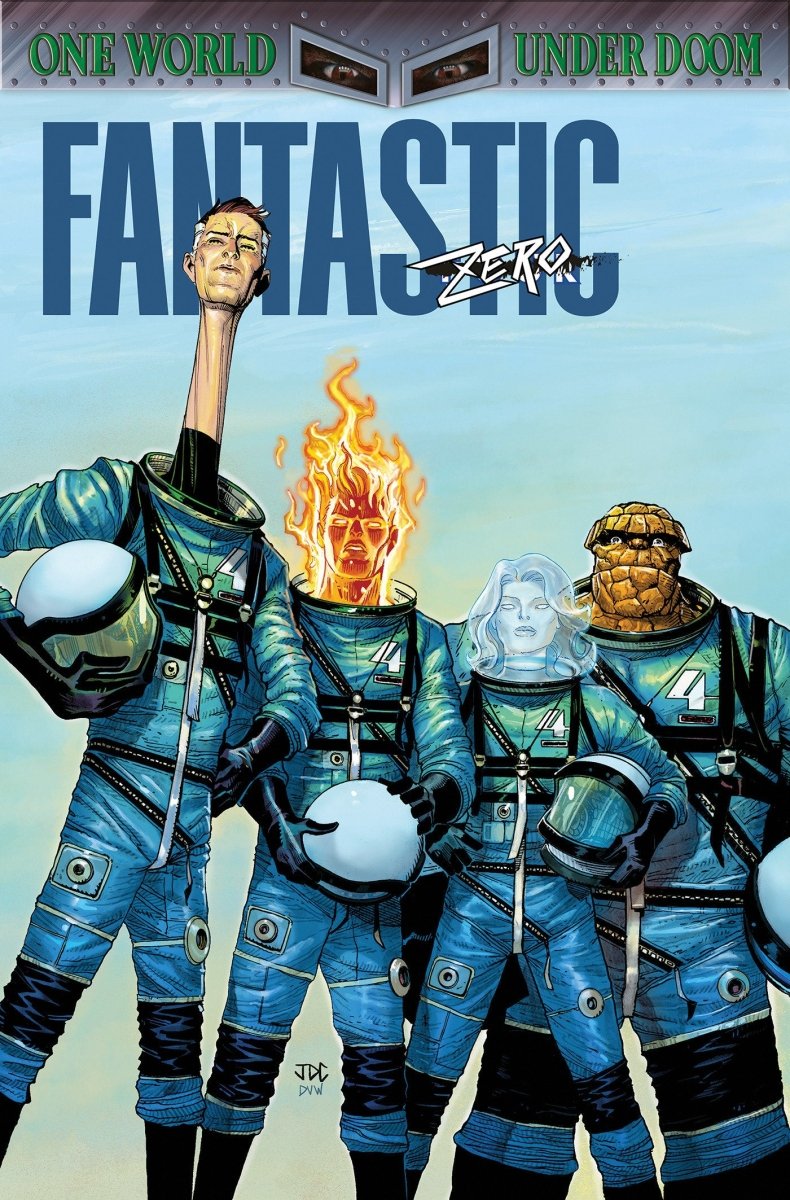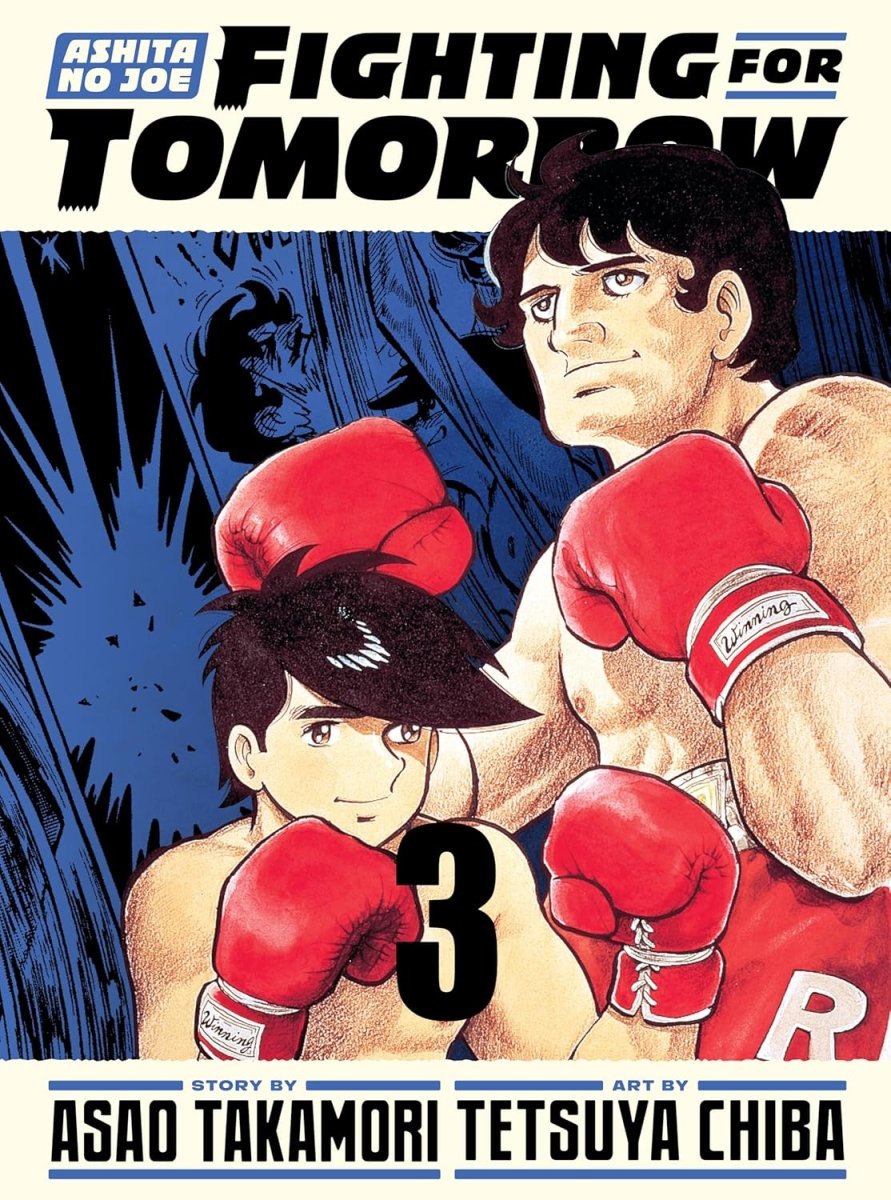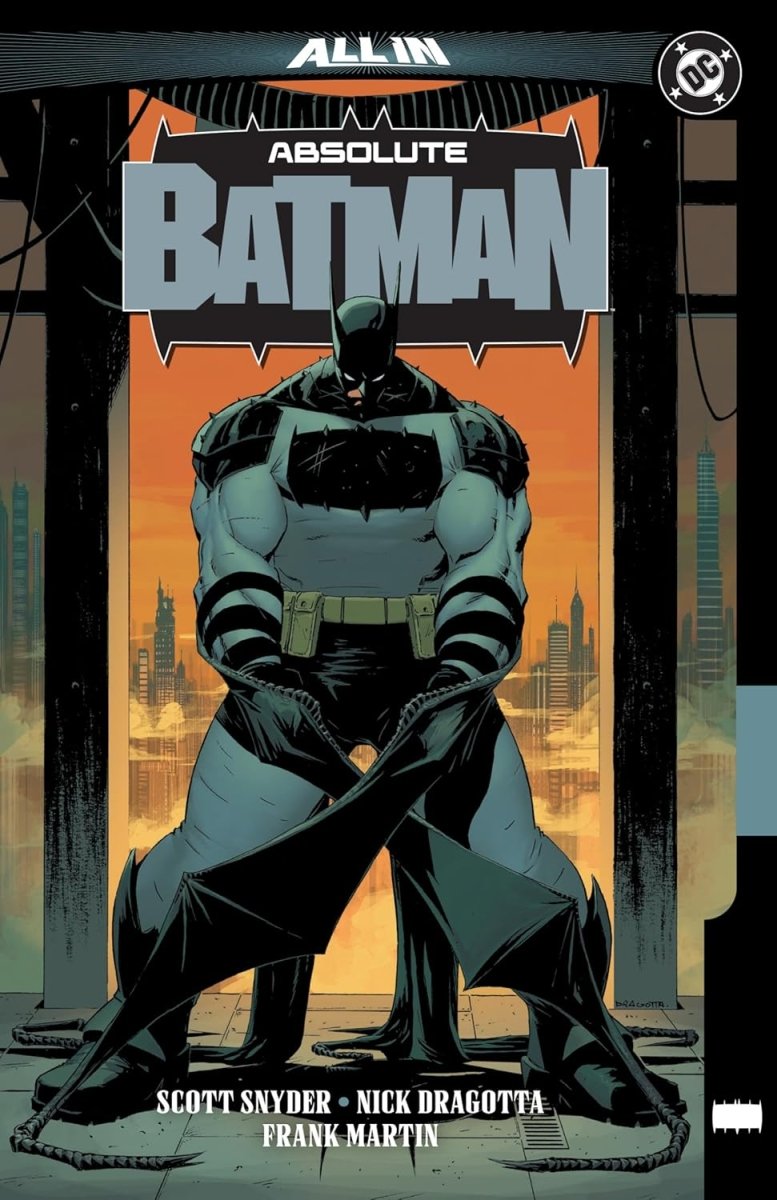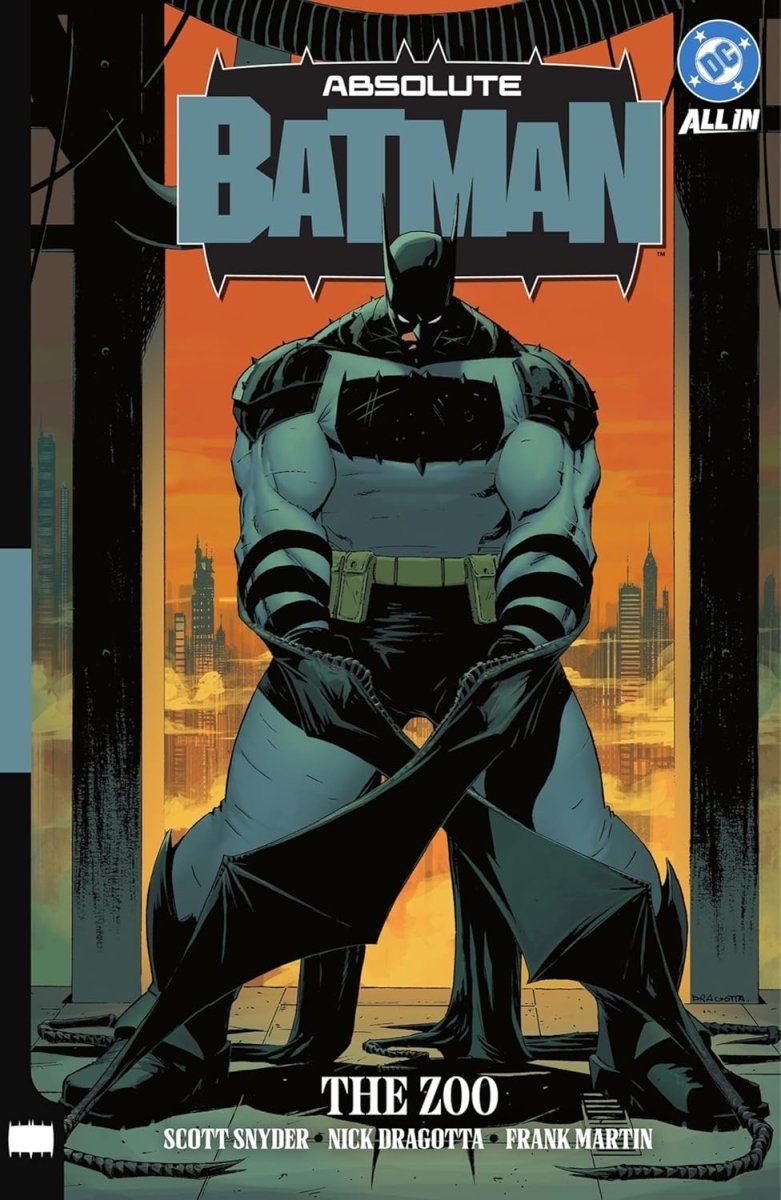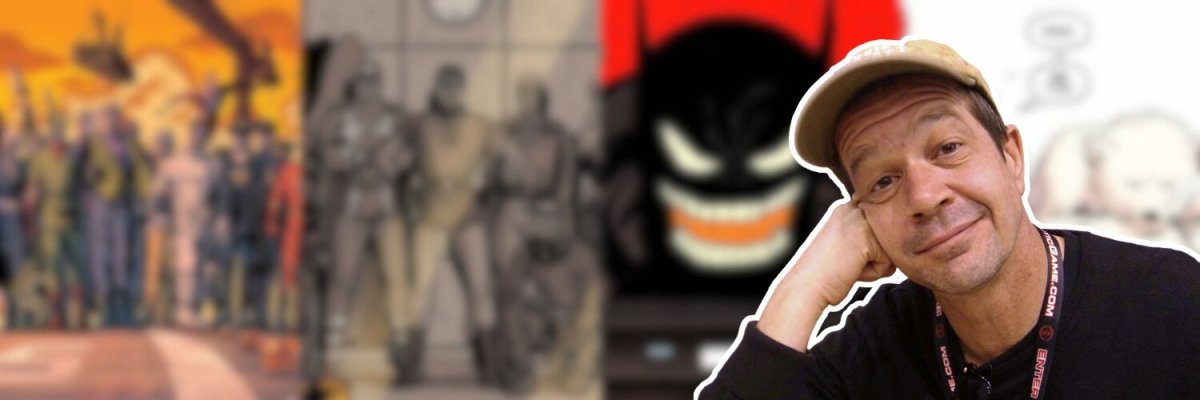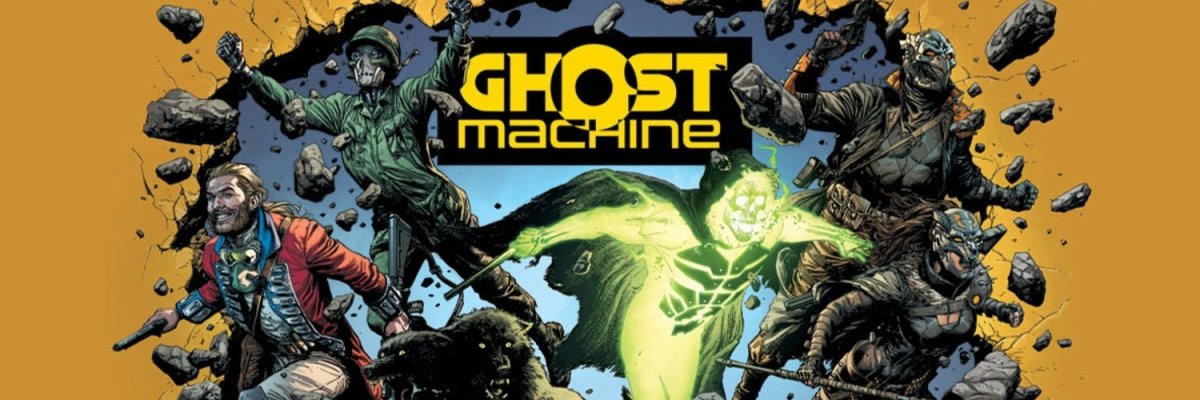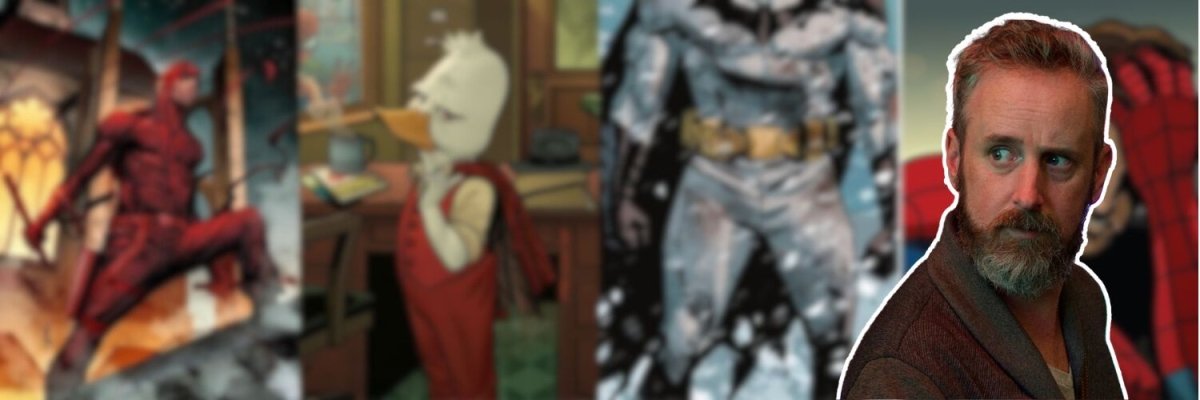
Written by Petar
Wanted to be an astronaut, ended up exploring comics instead.

Written by Matheus
Filmmaker by day, Wishlistmaker by night. Kamala Khan’s unofficial PR team since 2014.
Hey dear readers,
Petar and I are teaming up once again for a new series of articles, this time diving into the Eisner Award nominees across the main categories. Think of it as your guide to what’s making waves in the comics world right now.
This week we’re kicking things off with two heavy-hitters. Best New Series and Best Continuing Series. These categories are always stacked, and this year is no different, so if you’ve been wondering what all the fuss is about, we’ve got you covered with a closer look at the titles that made the cut.
Next week, we’ll be back with Best Limited Series and Best Graphic Album, so stay tuned. (I always feel like an old-timey MTV host while writing these intros, those were the days. Am I right, fellow almost-30 peeps?).
Well, let’s get into it.
Absolute Batman by Scott Snyder and Nick Dragotta (DC) - by Petar
Ah, Absolute Batman. You’ve probably heard about it. Heck, with how well the book has been selling, you have probably read it, got it in your collection along with a variety of its fantastic variant covers. Is it really a surprise that it was nominated for Eisner’s?
Now, I don’t want to waste much time talking about the story or the art here: both are, of course, phenomenal. I don’t think anyone was surprised to see this book nominated for the Eisner. What I would like to talk about, though, are two things that stood out to me the most.
The first one is how obvious it is that Snyder is having so much fun being back, playing in the Gotham sandbox. This shows from every sentence he writes. Just like his New 52 run, he opens this book with musings about the city. Except this time, you’re greeted with that charming “Hello again, Gotham. It’s been a long time.” – both character and Snyder shining through these words – and you’re just drawn into it from the get go. This whole book reads like a giddy kid given the chance to write a crazy Batman story, and it’s such a joy to read it.
The second is the reaction both the story and the art has had on the people. Snyder has Bruce in a whole new getup, with axes and throwing knives and a weird cape-grappling-hook thing, and Dragotta’s designs match this unhinged energy so well. The reason why I think Absolute Batman works is that it’s unabashedly having fun with the concept of Batman. In a world where so many Batman media – not just books but games, movies, even cartoons – take the character too seriously, the team behind the book isn’t afraid to be over the top and silly. I absolutely (pun intended) believe this book should not be taken with any seriousness (although I am enjoying the character work, too!) – instead, just go back to the time when you were kid and yell “BATMAN CAN DO IT ALL!!!” and enjoy the ride! Because this ride is awesome AF (advance forward)!

Absolute Wonder Woman by Kelly Thompson and Hayden Sherman (DC) by Matheus.
It’s more than fair to call the Absolute project a successful one. Some books, though… Books like this are playing on a whole other level. The motto for this new universe seems to be “flip your character’s origin on its head and see what comes out.” And what came out here is a masterpiece by Kelly Thompson and Hayden Sherman.
The princess born in paradise, raised by goddesses, who learned the swift business of grace, now she's born in hell, raised by a witch, and learning a whole different kind of swiftness. One no less brutal. It’s in line with the other Trinity retellings, really. The business of surviving with whatever you’ve got.
These books are about DC’s mighty figures stepping off their pedestals and living the world from the ground up. More than just traumatic pasts, these characters are neck-deep in their worst fears and still manage to come out the other side as heroes. And that’s something. DC - often hit more than Marvel for its “this character is this” oversimplifications, responds here with testaments to the layered complexity of their icons.

Thompson writes Diana as a woman of faith. Mostly faith in herself. A Wonder Woman of dark magic. Of boldness. Of unclaimed charts and creatures unfairly judged. She’s a goddess for the ones who fell, and weren’t content to stay there. Circe being her mother could easily read as a gimmick, but here, it’s a moving tale of sacrifice and the strange love of parenthood. The rebellious spirit fits Diana too well. She collects demons like pets, listens to the damned instead of fearing them.
Absolute Wonder Woman is a beautiful work by Kelly from the first arc alone, a masterclass in tapestry-building that doesn’t sacrifice a single panel. And honestly, there’s nothing to sacrifice when you’ve got someone like Hayden Sherman in your corner. He earns every “promised prince” label comic retailers attach to his name. His panels are as intense as they are epic. And with Jordie Bellaire’s colors riding shotgun? Just perfection.
Minor Arcana by Jeff Lemire (BOOM! Studios) by Matheus
For someone who spends most of their days reading comics - often tales about people with destinies marked in stone - I’ve always had a hard time buying into the whole zodiac thing. If someone starts talking to me about moons and suns and rising signs, I get bored faster than the Flash can sneeze. Just because I was born in a particular month, I’m now boxed into this tidy little personality label? What an easy way out for assholes.
The Tarot never did much for me either. “If people could actually see the future, we’d all be millionaires,” I tell myself. It doesn’t make much sense, but hey, indulge my skepticism, it’s setting up a point.
Because when someone like Jeff Lemire asks you to reconsider, maybe… you do.
Lemire’s career has always felt like a quiet excavation of small-town life, digging beneath the ordinary to find its strange myths and buried ghosts. His stories are often about lonely people in quiet places - then gently, sometimes violently, peeling back that quiet to reveal something surreal, even monstrous. Genre-bending with horror and fantasy, yes, but always with a deeply human center.
Minor Arcana is exactly that. But slower. It asks for patience. The kind of patience only a writer with a reputation like Lemire’s can afford to ask for, and actually get.
Theresa is the classic “girl who got away” who had to come back. It’s a well-worn type, but for good reason. Most of us who write are just kids who swore we’d escape our hometowns, only to realize we couldn’t really leave until we’d seen them fully. And in this story, “seeing” means unlocking some mythical, ancient power that connects her to something beyond the veil. Why wouldn’t it?
If you let yourself lean into the symbolism, and really listen to what it’s saying about the people Lemire is writing, you start to realize that you don’t need to believe in Tarot to find meaning in its symbols. That’s what we are, in the end, isn’t it? Symbols. Reflections of each other, of ideas. People trying to find shape.
I love the quiet unease in this book, the kind of horror that lives in the spaces between things. The emptiness that feels like it’s watching you back. And if that’s your kind of thing, I’ll do both of us a favor and just go ahead and link you to it.

The Pedestrian by Joey Esposito and Sean Von Gorman (Magma Comix) by Matheus
What is there left to say about superhero symbolism that Alan Moore didn’t already cover 40 years ago, and then got reworked, revisited, and repeated in increasingly meta ways ever since? Not much, right?
Well… sometimes it takes a random indie comic you’ve never heard of to unexpectedly become the most interesting thing the genre’s done in decades.
If you looked at The Pedestrian and thought it looked kind of silly, I wouldn’t blame you. I did the same when scrolling through FOC lists last year. Skipped right over it. Only circled back when it landed on the Eisner list, and even then, with a raised eyebrow.
But that, turns out, is part of the point. There’s something intentional in how ridiculous this superhero looks. The oversized, ill-fitting costume, the fact that his whole “thing” seems to be… not crossing the street on a red light? Really? That’s it? That’s what the people whose lives intersect with this guy think too. Until, suddenly, they realize they’re staring down something a little more metaphysical.

And isn’t that the story of this entire hobby?
We all start with the bang-boom-bang of colorful costumes. Then somewhere along the way, when the right creators come along, we see the medium stretch, expand, and reflect back at us with all this unexpected complexity. We get excited. We tell our friends. They don’t believe us. And so we spiral back to the bang-boom-bang again, waiting for the next spark to hit.
The Pedestrian is about that cycle. About the deceptively simple art of symbols, of imagery, of comics. Green means go. Red means stop. We learn that when we’re toddlers. And then, somehow, those same colors evolve into the logic we apply to adult life, to laws, to morality, to risk, to grief.. Green means good, Red means bad.
And that's the magic of this book. It looks simple. It reads quick. But it will stay with you. Because it reminds you that comics, at their weirdest, at their most unassuming, can still punch far above their weight.
Even if the guy punching is just… patiently waiting for the light to turn green.
The Power Fantasy by Kieron Gillen and Caspar Wijngaard (Image) - By Petar
I was discussing comics I’m reading with some friends just last week, and I said I started chipping away at Kieron Gillen’s Darth Vader. “Was he able to fit any references to the UK underground pop scene?” a friend joked. This made me giggle quite a bit as I was rereading the Power Fantasy while preparing for this article, because – of course that between human WMDs plotting against each other, Gillen was able to throw in a music festival or two.
The Power Fantasy might seem like a book you have already heard about: What would happen if superheroes existed in the real world? However, the book is so far from a superhero genre (and yet somehow so close to it), and it’s like little I’ve seen so far. And yet, it’s also VERY Gillen at the same time.
The story opens with a flashback to a New York street corner in 1966, where two beings who can wipe out billions of people in seconds are eating pizza and discussing the ethics of taking over the world. We are then treated to the definition of a superpower (political, super-heroic and Gillen’s) and then we move to 1999 when the story takes place – partially. In the first two arcs, Gillen has been introducing the players, setting up the pieces and exploring the world.
The main idea is that – like in the real world – superpowers should not come to blows with each other, because it can spell the end of the world. Therefore, they subtly (and not so subtly) plot and conspire with and against each other, each trying to meet their own goals. If you expect people throwing punches, you won’t find it here (yet). Instead, it’s more character focused, exploring ideas of who you would be with so much power, and how people around you might behave as well. It explore the topics of ethics, morality and politics – it’s delicious and fun (if you are into that like I am).

To sweeten the deal, Caspar Wijngaard tackles the art on the book. I fell in love with his style when reading Home Sick Pilots and I immensely enjoy it here too. He can modulate between realistic people with faces full of emotions and simplified, exaggerated expressions when the story needs it as easily as he works with different colors – flats with minimal shading or detailed close ups or backgrounds. Every page is full of details to explore (and I can’t wait to get an oversized edition eventually). This book is my winner for the Best New Series, and I highly encourage you to read it!
Uncanny Valley by Tony Fleecs and Dave Wachter (BOOM! Studios) - By Petar
I am unsure how to approach Uncanny Valley. While it seems like a very compelling concept – think Who Framed Roger Rabbit mixed with a bit of Narnia or Harry Potter or The Wizard of Oz or any of those wonderful stories about kids exploring hidden worlds just beyond our own. But somewhere between the idea and its execution, the book lost me.
This is not to say the book is bad by any means – it’s good! Tony Fleecs is a terrific writer – I adored his Stray Dogs, and Local Man is on the top of my “to read” list after some high praise from my friends. I just wish that I had the same feelings for Uncanny Valley, but I cannot put my finger on what’s missing. Maybe that’s the point of it – it’s in the name of the book itself – there’s just something very “off” about it.
The story follows a single mom Margaret and her 12-year-old son Oliver. It opens with Oliver trying to impress some new friends by following them – jumping off a bridge. When the kids are hurt but he isn’t (and falls through an Oliver-shaped hole in the ground), he’s put on a one-week suspension from school. This is soon forgotten though when a mysterious flock of birds attack their home, and the adventure starts.
I think what bothered me the most when going through the book is its lack of cohesion – for example, a cliffhanger would get resolved in the next issue without any explanation of how it was done. I would also have liked to see more work done with the characters – there are so many themes to explore with why people go back to cartoons even as adults, what would cartoons feel about their life and existence if they were conscious of it, how does their world work – there’s so much to explore! In the recent issues, some unresolved tensions have been addressed, but I really want to see more of that!
What makes this book stand out to me though is Dave Wachter’s art. He mixes different styles with such ease and it’s a wonder to witness. “Our world” is illustrated in a more realistic manner, with shading and natural tones, while the cartoons are flat and monotone, with simple but secure inking that makes them pop. It’s also interesting to see the different styles Wachter appropriates when referencing different studios – from Looney Tunes over Masters of the Universe to a certain Mouse that just entered public domain and has certainly seen worse uses.

I do wonder though if the art is what is slowing down the pacing of the book – with releases skipping multiple months at a time, Uncanny Valley is a trade-wait for me. I would be very interested to discuss this book with people though! There is definitely a lot of meat on it that speaks to me, and I’m curious to see how much of it will be explored in the future.

